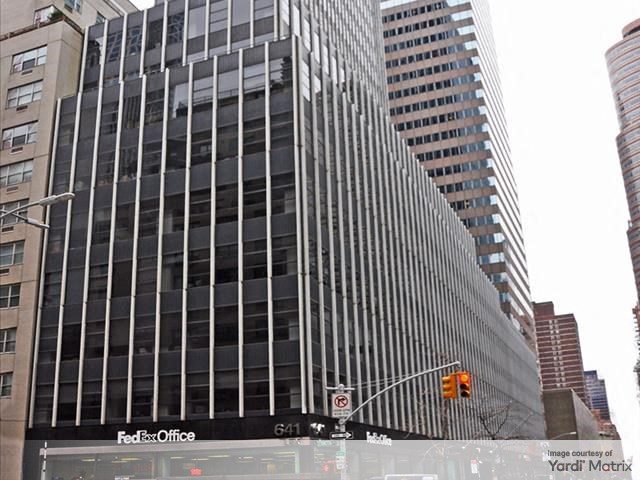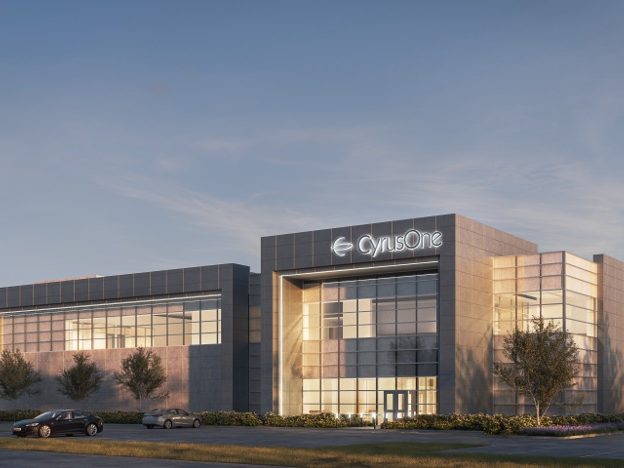Telecommuting Woes
Every month, CPE and Kingsley Associates partner to find out what your tenants are thinking. This month, we explore how businesses are addressing telecommuting: what's working for them and what's not.
 Every month, CPE and Kingsley Associates partner to find out what your tenants are thinking. This month, we explore how businesses are addressing telecommuting, what’s working for them and what’s not.
Every month, CPE and Kingsley Associates partner to find out what your tenants are thinking. This month, we explore how businesses are addressing telecommuting, what’s working for them and what’s not.
“Customer off-site requirements have been reduced dramatically. This coupled with our customer’s emphasis on telecommuting from home has forced us to reevaluate our current space needs.” —Office, Alexandria, Va.
“Even though our agency seems to grow every two years, we have a slated goal of decreasing our space by 5 to 20 percent. The agency is committed to telecommuting and providing more hoteling stations when we can.” —Office, Charlotte, N.C.
“I think it would be beneficial to our organization and the building if there were common areas that could be used as study and work spaces. There should be designated quiet spaces to connect to Wi-Fi, telework and work between meetings.” —Office, Austin, Texas
“This is a remote office. WE are only there once a month. Services and requests need to be completed between our monthly visits to this office. It really is not necessary to complete within two hours or 24 hours, even.” —Medical Office, Emporia, Va.
“We keep a standard square footage per employee as per the company’s guideline, However, seating is flexible and for only 75 percent of the headcount. Employees are encouraged to work from home to balance their personal life and to compliment the flexible working concept.” —Office, New York
“When we moved here, we went from every employee having their individual office or cubicle to one large shared open space. Employees don’t like the open concept, so many work from home instead. This decision was made by corporate, but has impacted the attendance in the office on a regular basis.” —Office, Annapolis, Md.
“We have closed the physical office location as the majority of employees are now working from home.” —Office, Indianapolis
“I’m not sure the exact specifics in preferences of sustainability initiatives for our company, but being sustainable is in the goals. We have one day a week when employees work from home to try and reduce our carbon footprint.” —Office, San Francisco
“Employees can never find anywhere to park. It’s very hard to have events for our remote staff since they often complain that there is nowhere to park or that it takes forever to find a space.” —Office, Atlanta
“Internet and phone service is awful. The speed of the internet is akin to dial-up. When the entire staff is here, I often have to send people to work from home or to work at Starbucks across the street. It is very disruptive to the business operations.” —Retail, Potomac, Md.
“Our supervisors do not allow us to work from home, which is an antiquated policy. I do not wish to share work space with one or more coworkers, but would rather work from home to decrease the amount of needed office space.” —Office, Austin, Texas
“Improved technology and online security have made it possible for us to attract the best talent, even if they live far away, because they can securely telecommute. Everyone spends some time in the office, but with an increasing number of remote workers, we can provide opportunities for various parties to enjoy spacious workspace while there are here in the office.” —Office, Brookfield, Wash.







You must be logged in to post a comment.